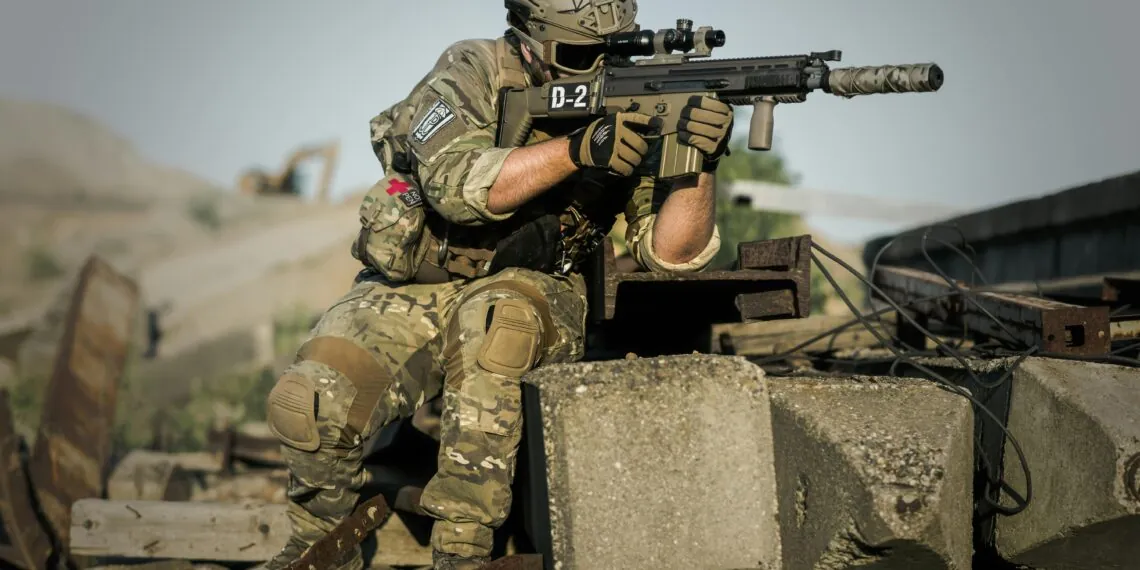In Cost Of War, every firefight carries more than bullets—it bears the weight of lives, choices, and the scars they leave behind. Our mission as developers was clear yet daunting: craft visceral, pulse-pounding combat while preserving the emotional core at the heart of each engagement. Too much action, and we risked hollow spectacle; too much reflection, and the battlefield lost its edge. This is the story of how we found the equilibrium between chaos and catharsis.
Setting the Stage: An Arena of Moral Complexity
From day one, narrative director Elena Morales insisted that our environments felt alive with consequence. A bombed-out hospital corridor isn’t just cover for a firefight—it’s the echo of a life once saved. We layered mission design with storytelling cues: a bloodstained stretcher here, a child’s toy there. When you duck behind rubble to reload, you’re not just avoiding enemy fire—you’re bearing witness to the human cost of every decision.
Design Philosophy: Action as Storytelling
Our lead designer, Marcus Liu, often says that “combat is narrative in motion.” We built encounter scripts as mini acts in a larger play. Each wave of enemies introduces a new dilemma: flank the snipers to save civilians or hold position and risk collateral damage? These branching scenarios emerged from intensive whiteboard sessions, where story, level layout, and AI behavior coalesced into a single cohesive flow. The result feels organic—players aren’t handed exposition; they discover it under fire.
Cinematic Pacing: Dance of Adrenaline and Reflection
One of our biggest challenges was pacing. We studied the ebb and flow of blockbuster war films, tracing how directors cut between high-octane action and quiet moments of introspection. In Cost Of War, firefights ramp up relentlessly, then suddenly give way to slow, deliberate beats—leaflets fluttering in the wind, distant sirens, hushed radio chatter. These lulls not only recharge the player’s adrenaline but also allow narrative threads to weave through the chaos, delivering emotional payoff between bursts of gunfire.
AI Allies and Adversaries: Characters in Combat
Our AI team faced the task of making allies and enemies feel purposeful. Teammates communicate fears and doubts—“I hear children screaming”—while opponents react unpredictably to moral decisions. If you choose to spare a wounded combatant, nearby foes grow wary, altering patrol patterns. This dynamic behavior emerged from a layered state machine fused with emotional tags, allowing encounters to evolve based on narrative context. Combat becomes a conversation, not a chore.
Emotional Resonance Through Player Choice
At the core of Cost Of War is player agency. We wanted every bullet to feel earned, every decision to echo beyond the mission’s credits. Early in development, we prototyped a “consequence deck” that tracked outcomes—civilian rescues, squad member injuries, even environmental destruction. These variables ripple through subsequent levels, affecting dialogue, mission parameters, and the world state. It’s not about good or bad; it’s about the blur between them.
Technical Alchemy: Merging Engine and Emotion
Bringing this vision to life demanded close collaboration between narrative writers, level designers, sound engineers, and the graphics team. We rerouted the audio pipeline to trigger heartbeat tracks when moral tension spiked. We adapted the lighting system to cast long shadows in moral crossroads. And we coded custom scripts that chained cinematic camera angles into gameplay without breaking player control. The codebase grew dense with narrative hooks—if you listen closely, you can hear the servers hum in empathy.
The Final Cut: What Players Take Home
When you step out of the cockpit of this narrative-action hybrid, we hope you carry more than high scores or kill/death ratios. We want you to wrestle with the aftermath of your choices—to recall that every corridor you stormed, every door you kicked in, changed someone’s story. In blending immersive combat with a deeply human narrative, Cost Of War aspires to be more than a shooter: it’s a reminder that behind every bullet is a beating heart.
— The Cost Of War Development Team







